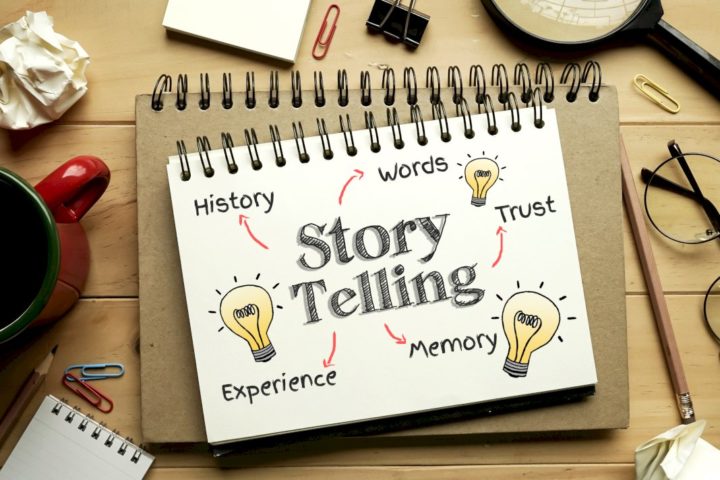Whether it’s a book, a movie, or an image, every creative project has the power to tell a story. In today’s digital world, storytelling is an essential element of content creation that can help you connect with your audience on a deeper level. Being able to tell a powerful story can inspire, inform, and entertain your viewers, making your content more memorable and shareable. This blog post will explore the art of storytelling and how you can use it to captivate your audience through visual and written content.
1. Know Your Audience
Before you dive into creating a story, you must know who you’re telling it to. You can make the most compelling narrative in the world, but it won’t resonate with your audience if it’s irrelevant or not engaging. Understanding your target audience’s needs, interests, and emotions is critical to crafting a story that connects with them. Learn from their feedback, comments, and insights. Use this to create engaging content that your audience can relate to.
2. Use Visuals to Enhance Your Story
Visuals are a powerful tool to capture your audience’s attention and make your story come alive. While written content is essential, a compelling story with stunning visuals can express feelings, personalities, and themes in a way that written storytelling cannot. Here are some tips for creating visual storytelling:
a. Choose impactful, high-quality visuals
High-quality visuals are essential for a successful visual story. For example, choose visuals with sharp resolution and accurate colors that draw attention to your narrative when using photos. If you need to alter any images’ lighting, contrast, and sharpness, use high-end editing software to ensure the best outcome. You can also hire professional photo retouching services that can help you ensure your visuals are stunning. They can also help you create unique visuals that match the tone of your stories.
b. Utilize different types of visuals
Different visual formats can help you create a compelling story. Stock photos, illustrations, graphic designs, and videos are just some of the visuals you can use to make your stories more engaging. Experiment with different formats and see which ones work best for your narrative. Some visuals can add context to your account, while others can help you showcase the characters’ personalities in your stories.
c. Incorporate humor and emotion through visuals
Humor is an effective way to engage your audience and make them remember your story. Use visuals such as animations, memes, or funny images to add a light-hearted touch to your stories. Additionally, visuals can help you convey emotions and deepen the impact of your story. Emotive visuals can help capture your characters’ feelings, making the story more memorable and relatable.
d. Storyboard for organized storytelling
Storyboarding is a great way to organize your visuals to tell a coherent story. Plan out your story’s visuals in advance to ensure they flow together and create a continuous narrative. This will ensure that you don’t miss any essential elements for your story and can clearly convey the main points.
3. Mind Your Details
Storytelling is all about taking your audience on a journey. Include specific and exciting details about your story’s characters, places, or actions. This can help your audience imagine the story as if they are a part of it, increasing their engagement with your content.
You should also ensure that your storytelling is well-thought-out. If your story is too long, your audience may lose interest. Find the right balance between providing enough details to keep the narrative interesting while still keeping it succinct and easy to understand.
4. Keep Your Narratives Simple
The most compelling stories are easy to understand. They don’t have to be complex to be impactful. Focus on telling relatable, simple stories that offer value to your audience. A good story can come from anywhere and be as simple as a conversation shared through relatable characters. But the most important thing is to keep it straightforward, so your audience can effortlessly absorb your message.
Storytelling will always be an essential part of content creation. By understanding your audience and using visuals to enhance your stories, you can captivate them with engaging narratives. And by keeping your details simple, you can create memorable and shareable stories. You can quickly build trust and connection with your audience with the right story. So, don’t hesitate to tell the stories that you believe in and use visuals to bring them alive!
















